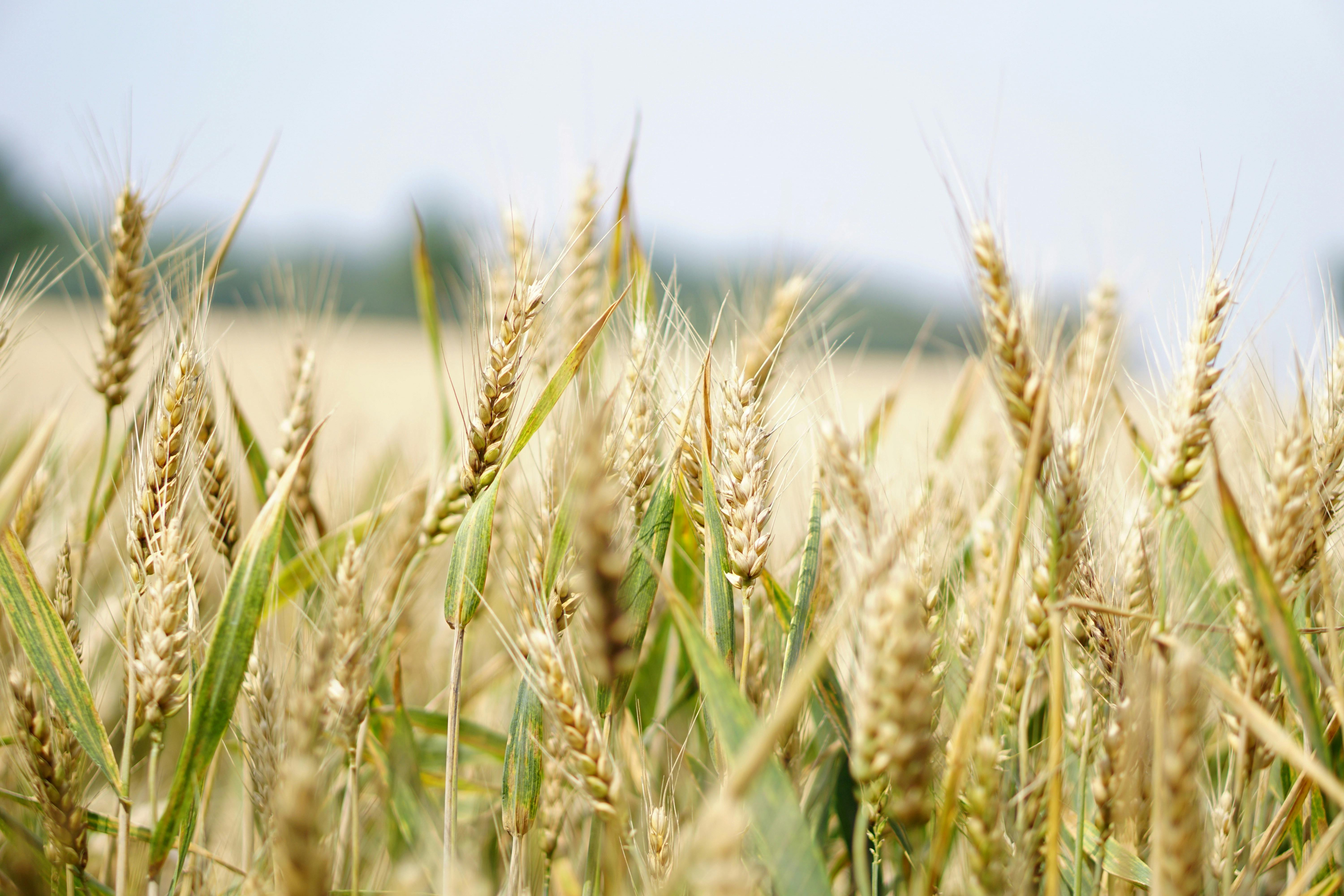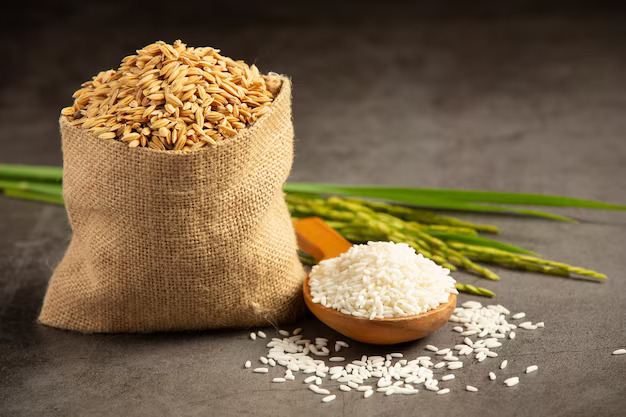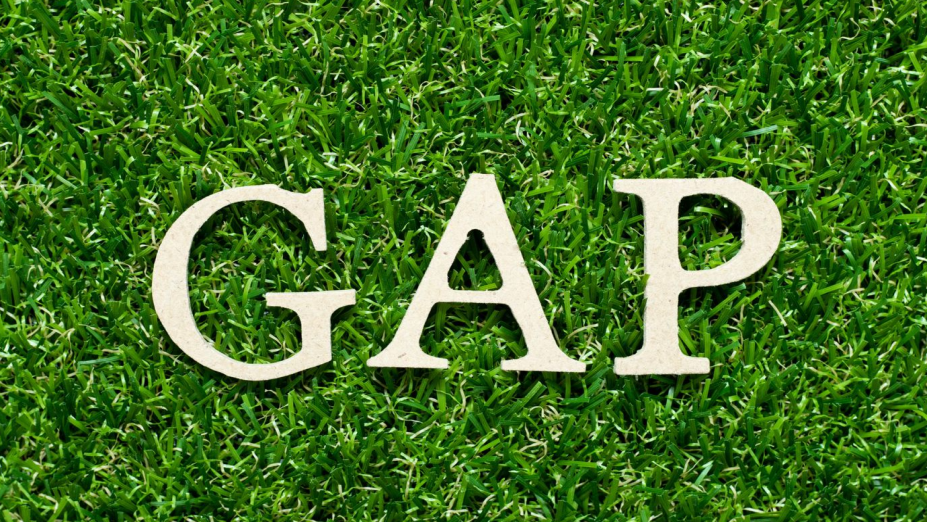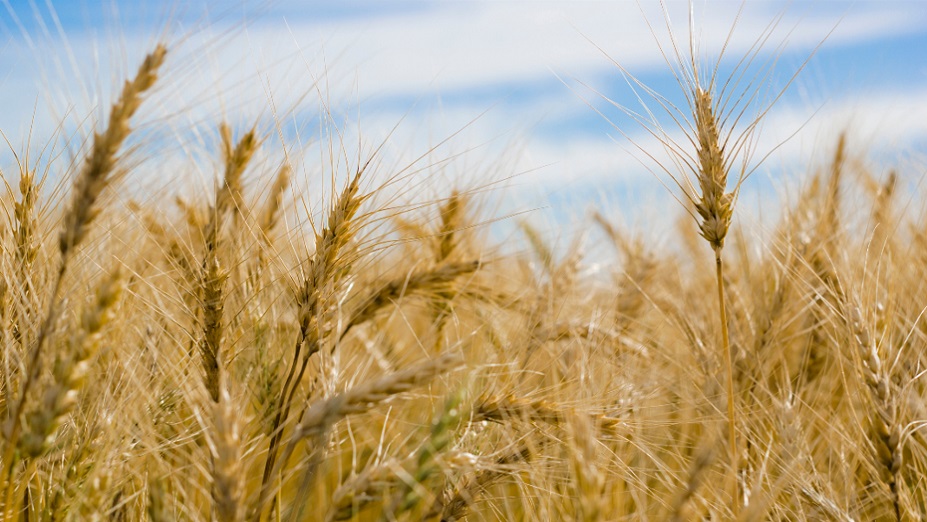Saffron: The Labor-Intensive Spice That Defines Luxury
20/02/2025
Saffron is a
spice like no other—a treasure known for its bright red threads and the golden
color it adds to food. People have shared stories and legends about its beauty
and value for centuries, treating it like gold.
With each flower yielding only a small amount of saffron, it takes thousands of blooms to produce even a single gram of the spice, making saffron cultivation both a delicate art and a rewarding agricultural endeavor. For centuries, this rare and labor-intensive crop has been a significant part of farming traditions in regions like Kashmir, Iran, and Spain, with farmers continuing to rely on traditional methods to maintain their quality and value.
But behind its luxurious reputation, saffron is still a mystery to many. What makes it so special? How do you use it in everyday cooking? And why is it so expensive? These questions may seem puzzling, but the answers reveal the fascinating story of a spice that has been cherished for thousands of years.
The Saffron Story: Nature’s Most Valuable Crop
What’s remarkable is that saffron comes from the tiny red threads of a flower called Crocus sativus. These threads are so delicate that they must be picked and carefully dried to keep their unique flavor and scent.
For thousands of years, saffron has been more than just a spice. It’s been used in food, medicine, and even religious rituals. Its special flavor and rich color have made it a favorite ingredient in dishes everywhere. From fragrant rice to sweet desserts, saffron adds a touch of magic to every meal it touches.
Saffron Through the Ages: A Journey from Persia to the World
Saffron has a long and rich history, dating back over 3,500 years to ancient Persia, now modern-day Iran. It was highly valued by the Persians for its use in cooking, perfumes, and traditional medicine. As one of the earliest known cultivated spices, saffron played a significant role in trade and cultural practices, spreading from Persia to other parts of the world.
As time passed, saffron traveled beyond Persia, spreading across the Mediterranean and to other parts of the world. It became an important trade item along the Silk Road, connecting Asia and Europe, and its value only grew as more people discovered its unique qualities.
From Farm to Table: The Expensive Journey of Saffron
Imagine a field of vibrant purple flowers blooming under the morning sun. These are saffron crocus flowers, and hidden inside each one are three tiny red threads—the precious spice we know as saffron. But there’s a catch: these flowers bloom for only one week each year, and the threads must be carefully picked by hand in the mid-morning, while the flowers are still closed to protect them.
Unlike many spices, saffron loses its flavor and aroma relatively quickly. It is best stored in an airtight container, away from light and heat.While it originated in Persia, saffron is now grown in many parts of the world, including Spain, India, and Greece. In fact, India is currently the largest producer of saffron. Pure Saffron or Kashmiri Kesar is one of the priciest spices available on 'Earth'. 1 KG Saffron (Kesar) price is around Rs. 3,00,000. Beyond the kitchen, saffron has been used for centuries in traditional medicine and even as a dye for fabrics, making it more than just a spice—it’s a symbol of beauty, care, and tradition.
The Delicate Process of Cultivating and Harvesting Saffron
To grow saffron successfully, you need to pay attention to the weather and the timing of planting. Saffron thrives when it depends on natural rainfall, so it’s important to plant the corms early enough to let them develop strong roots before winter arrives. Once the saffron starts growing, you’ll need to fertilize it once during the season to keep the plants healthy. In areas with short, warm springs, it’s best to add fertilizer in the early autumn. But in regions where spring is long and mild, fertilizing right after the flowers bloom is ideal. To make caring for the plants easier, it’s also helpful to create pathways between the rows. This way, weeding and harvesting become much simpler, and you can enjoy the fruits of your labor when the saffron blooms.
In the
beautiful region of Kashmir, India, saffron is grown in fields that
produce some of the finest and most fragrant saffron in the world. The secret
to its quality lies in the region's unique climate, with cool summers and rich,
well-drained soil—perfect conditions for saffron to thrive.
Every year, the saffron crocus is planted in late summer, and by autumn, the fields bloom with stunning purple flowers. The process of harvesting saffron is delicate and takes great care. Kashmiri saffron is known as "red gold" for its deep color and amazing scent, and it’s much more than just a spice.
The Healing Powers of Saffron: Health Benefits You Should Know
Saffron is also known for its potential health benefits, thanks to powerful antioxidant and anti-inflammatory compounds such as crocin and safranal. These natural compounds work together to help combat oxidative stress and reduce inflammation, offering a range of health-boosting properties.
Saffron is like a hidden treasure packed with antioxidants that work to protect your cells, potentially preventing diseases like cancer while giving your brain a boost—helping with memory and learning.
In conclusion, Saffron's versatility and vibrant appeal have earned it a place in kitchens around the world. From enhancing the rich flavors of Indian biryanis and creamy desserts like kulfi and Ras malai, to adding depth to Spanish paella, Italian risotto, and Moroccan tagines, saffron brings a unique warmth and golden hue to every dish. Its ability to elevate both savory and sweet creations, as well as infuse drinks with its distinctive taste, solidifies saffron as a cherished ingredient in global cuisine. Whether you're savoring a traditional meal or experimenting with new recipes, Saffron's magic adds a touch of luxury to every bite.
Categories
Related Blogs
Ultimate Guide to Wheat Production in India
18/03/2024
Top 5 Most Profitable Crops in India
09/10/2023









